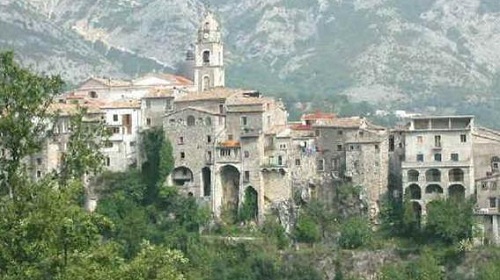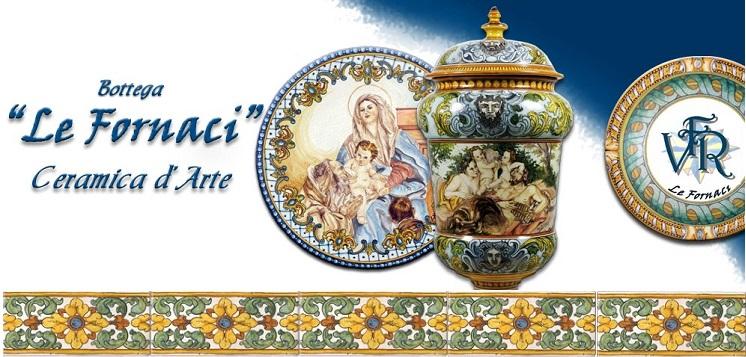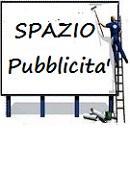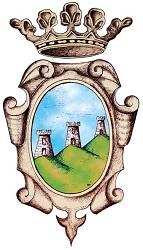 Cusano Mutri is one of the most alpine town in the province of Benevento. Cusano Mutri is one of the most alpine town in the province of Benevento.
It is part of the Regional Park of Matese and the valley of Titerno and listed as one of the most beautiful villages in Italy.
Unmistakable for its medieval appearance, the hamlet was built around the Colonna castle, with white limestone houses overlooking the valley below, narrow streets and winding staircases.
Cusano, anciently known as Cossa, was destroyed during the wars between the Romans and Samnites, and later on conquered by Charlemagne in 774.
In the eighth century, the Benedictines of S. Vincenzo al Volturno settled in the church of Santa Maria del Castagneto facilitating the creation of new settlements thanks to the very defensive nature of the territory.
The turning point occurred under the Norman monarchy which initiated a phase of urbanization that reached its peak in the fifteenth and sixteenth centuries.
Having survived the devastating earthquake of June 5, 1688 that destroyed most of the towns in the area, the hamlet still retains most of its medieval characteristics.
The local economy was based mainly on sheep farming and the wool industry.
The decline began in the second half of the eighteenth century with restrictions imposed by the city of Foggia (Apulia) which negatively effected the system of transumanza the traditional migration of sheep and cows from the highlands to the lowlands seeking green pastures.
Despite this Cusano did not have a rapid decline, but despite the tenacity of its inhabitants, the decline was unstoppable.
It is rich in karst caves, located in the valleys and cliffs that surround the village; the most famous is the "Cave of bandits", legendary refuge of local bandits.
The historic center preserves its medieval elements: towers, portals, square and palaces.
A very exciting leap into the past where guests can enjoy a still untouched environment, rich in stimulating emotions.
Highlights and sightseeing: Located in the highest part of the historical town is the Church of St. Peter and Paul, built on the site of a previous church dating back to the fifth century and laid on the top of a flight of steps.
The current building was built in 550 but suffered successive reconstruction and was re-consecrated in 1626. Overall it does not show any major architectural motif or ornament. Inside is a Baroque altar, brought to Cusano at the beginning of the XIX century from the Church of S.Domenico Maggiore in Naples.
The Church of St. John the Baptist is dated between 800 and 1000. Rebuilt in 1550 and restructured in 1663 in the classic Latin cross with five aisles.
The church keeps a precious reliquary of silver from the fourteenth century, containing a thorn from the crown of Jesus Christ, given by a crusader returned from the Holy Land.
The Church of St. Maria del Castagneto, built on the ruins of an ancient Samnite temple in the late seventh century.
Used to be the a Benedictine monastery. Inside, restored to its original state, is a wooden statue dated to the 1200 of the Madonna with the Child seated on the knee.
The Church of Monte Calvario, built in the seventeenth century on the remains of an ancient building which served as a watchtower, is a place of worship and a place of penitential processions on Good Friday.
The site offers a panoramic view of the entire valley.
The Church of the Madonna delle Grazie built in 1770 very dear to the "cusanesi" people because here are preserved the remains of their fellow citizen Carlo of St. Pasquale.
In the front there are two ancient pottery depicting the Virgin Mary and Our Lady of Grace.
The Church of St. Nicholas, which can be reached through one of the most characteristic streets of Cusano Mutri, the Vicinato Lungo, and after passing through the ruins of the ancient port of Mezzo, is named after the patron saint of the town.
Nearby in the territory of Cerreto Sannita: Annibale Bridge - According to legend, the bridge was used by the famous Carthaginian leader Hannibal with his elephants on the way down the peninsula at the time of the Second Punic War.
 The Infiorata
The Infiorata

The occasion is perfect to visit the medieval historical center : stairs, narrow streets, stone houses, make this city a real jewel.
 The "Centro"
The "Centro"
 |

 Events : Last week of April - Sagra local products-
Events : Last week of April - Sagra local products-

Matter of fact, the local artists, in order to realize their paintings, use only the ones that spontaneously grow in their lands.
Corpus Domini Infiorata
Scenes from the Gospel, reproductions of famous artworks, and images that recall the values of Christianity are the main themes developed by the Infiorata .
The carpets are realized in the first hours of the morning in the main squares and inside of the church of Giovanni Battista.

 Nearby Towns
Nearby Towns
Cusano Mutri borders the following municipalities:
Faicchio,
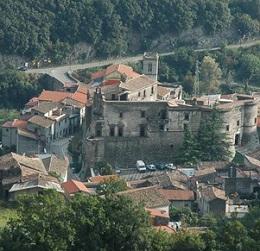
Gioia Sannitica,

Piedimonte Matese,

Pietraroja,

San Lorenzello,

San Potito Sannitico.
The traditional ceramic of Cerreto Sannita, just 30 minutes drive from Caserta and 60 from Naples
 Ceramic by La Bottega
Ceramic by La Bottega
"Le Fornace"



|




